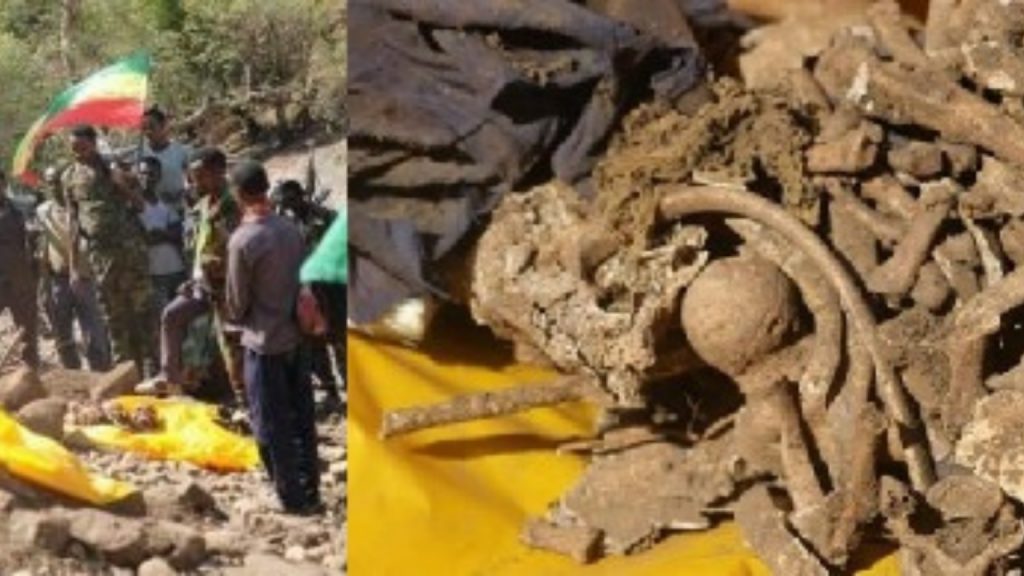
The sudden publication of photographs from an alleged mass grave site in Western Tigray by Amhara news sources boldly claims that these findings are ethnic Amharas who were killed in the early 1980s. This report omits any scientific data or methods used to reach this conclusion. Interestingly this was announced at the same time as a damning report on human rights violations of Tigrayans in Western Tigray by Human Rights Watch and Amnesty International. This conclusion apparently was made by “researchers” at Gondar University unidentified by their area of specialty or training. It seems highly unlikely that a team from Gondar University with their limited capability could publish such a report in a recognized peer reviewed journal. That would be the gold standard of expertise.
Ethiopia has very little resources for carrying out these studies . There is no reliable DNA sequencing facility in country and no significant post-graduate training program for this advanced area of inquiry. There is basic training for entry level forensic technicians. Mekelle University and St. Paul’s Medical School in Addis Ababa have post-graduate training programs in forensic medicine.
Just looking at the photo the changes seen of the bone look more recent then one would expect from a 20+ year mass burial. Even stalwart Canadian political science academic perennial defender of the Abiy Ahmed, Ann Fitz-Gerald, said that the remains should be evaluated by a panel of experts.
A proper scientific inquiry would require internationally recognized scientists to study the remains. We know that deterioration of skeletal remains can vary greatly depending upon the chemical composition of the soil and temperatures. There does not appear upon my initial review of published literature to be much if any research on this in Ethiopia. Additionally, trace DNA can often be recovered from such remains. This could traced to living relatives to help identify the ethnicity of those buried. Given this lack of expertise it would seem that Ethiopia would welcome the United Nations mandate to investigate human rights violations in Tigray and Ethiopia rather then oppose them.
The brutal occupation of Western Tigray over the past year and a half with hundreds of thousands of missing persons makes the Tigray government concerned that these remains are more recent and Tigrayan. The only way to know the truth is to proceed with the best scientific inquiry following international standards.

